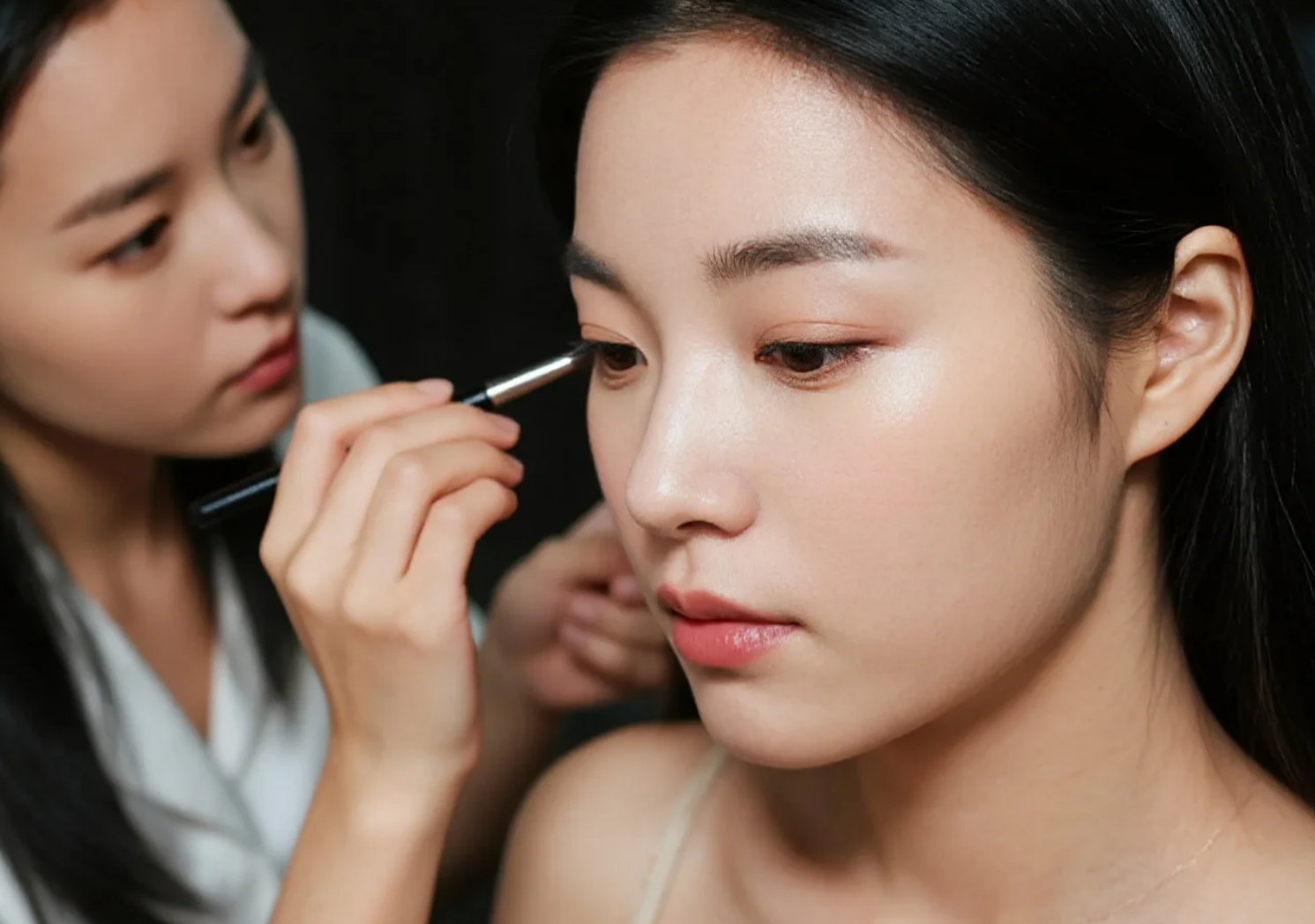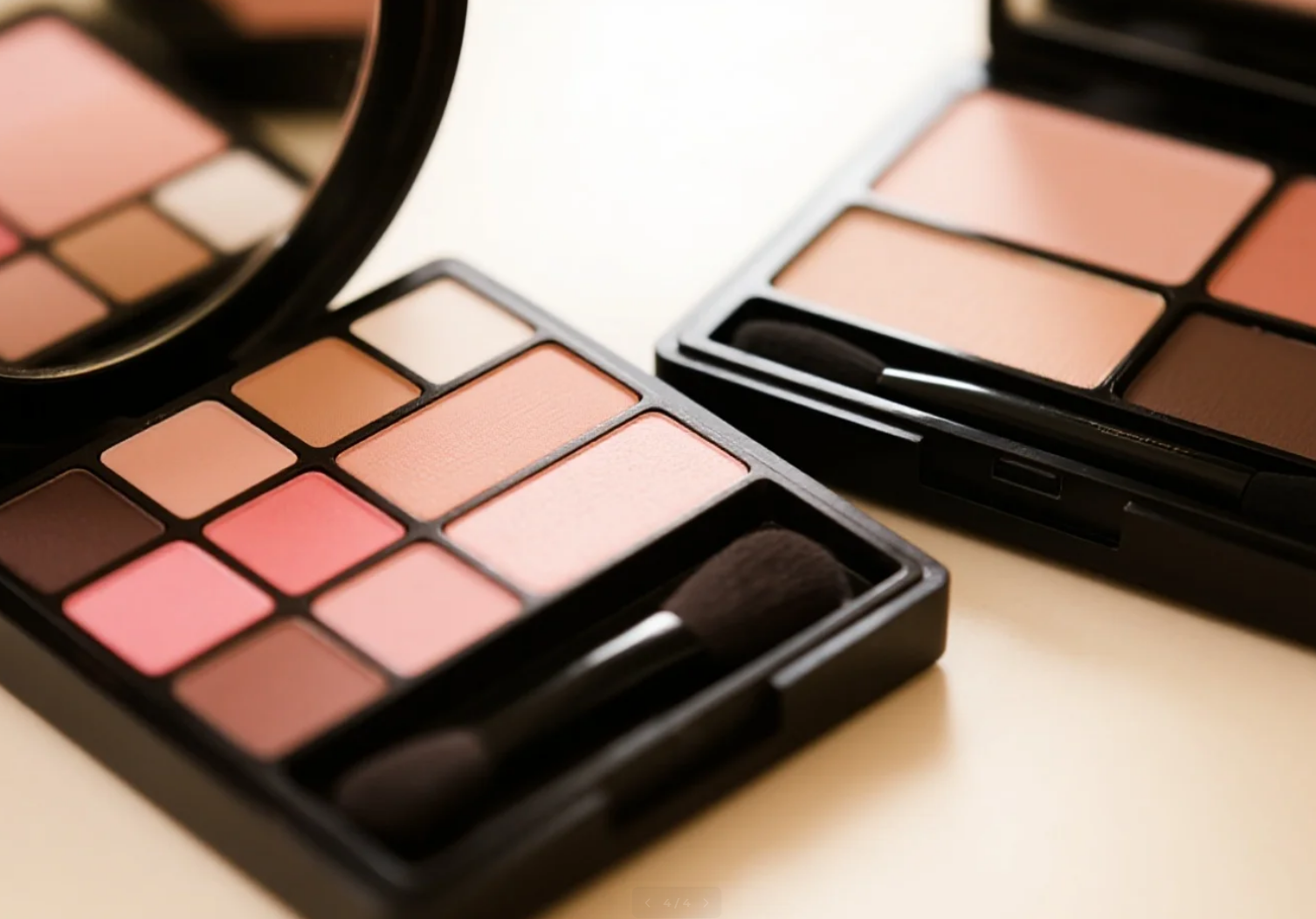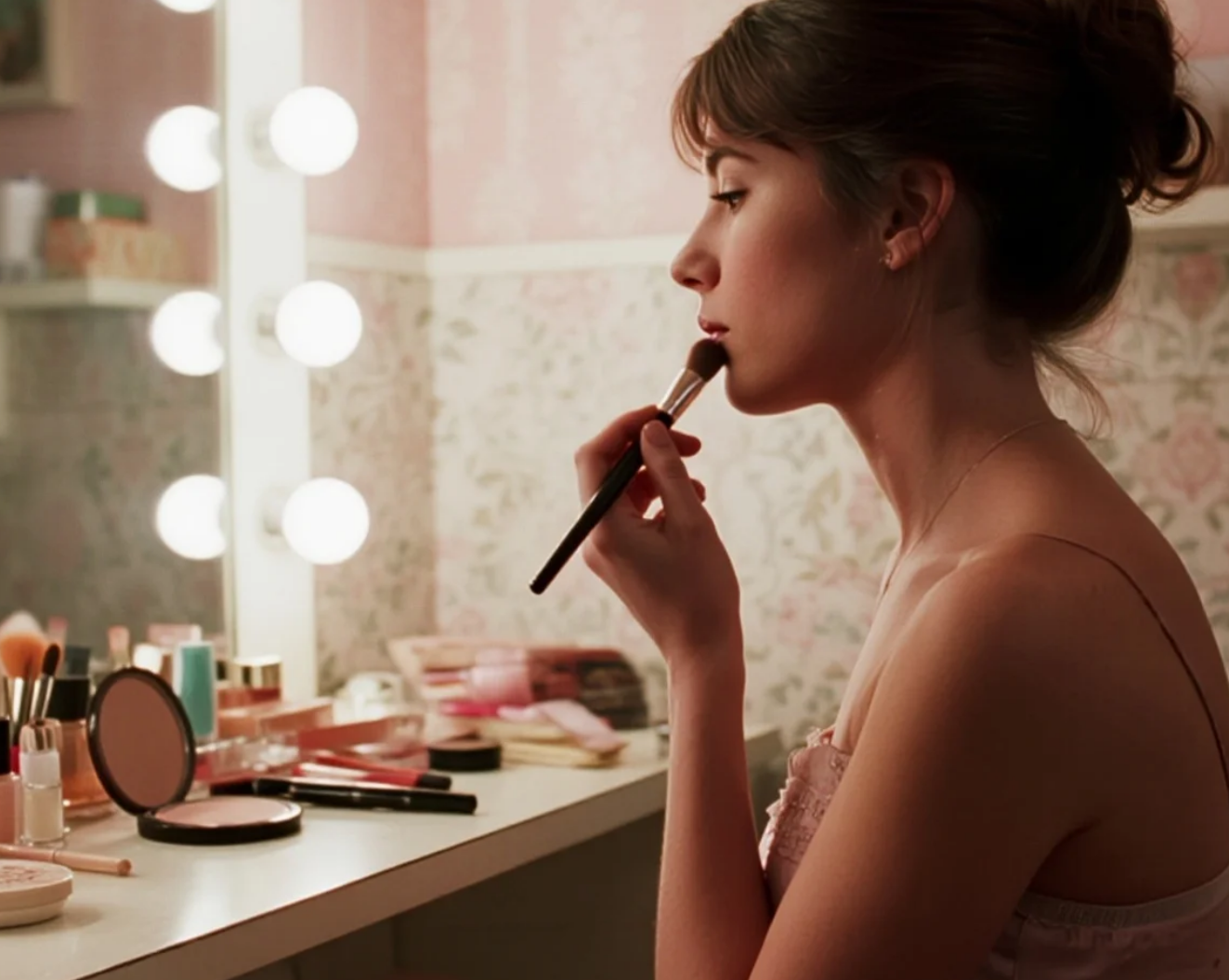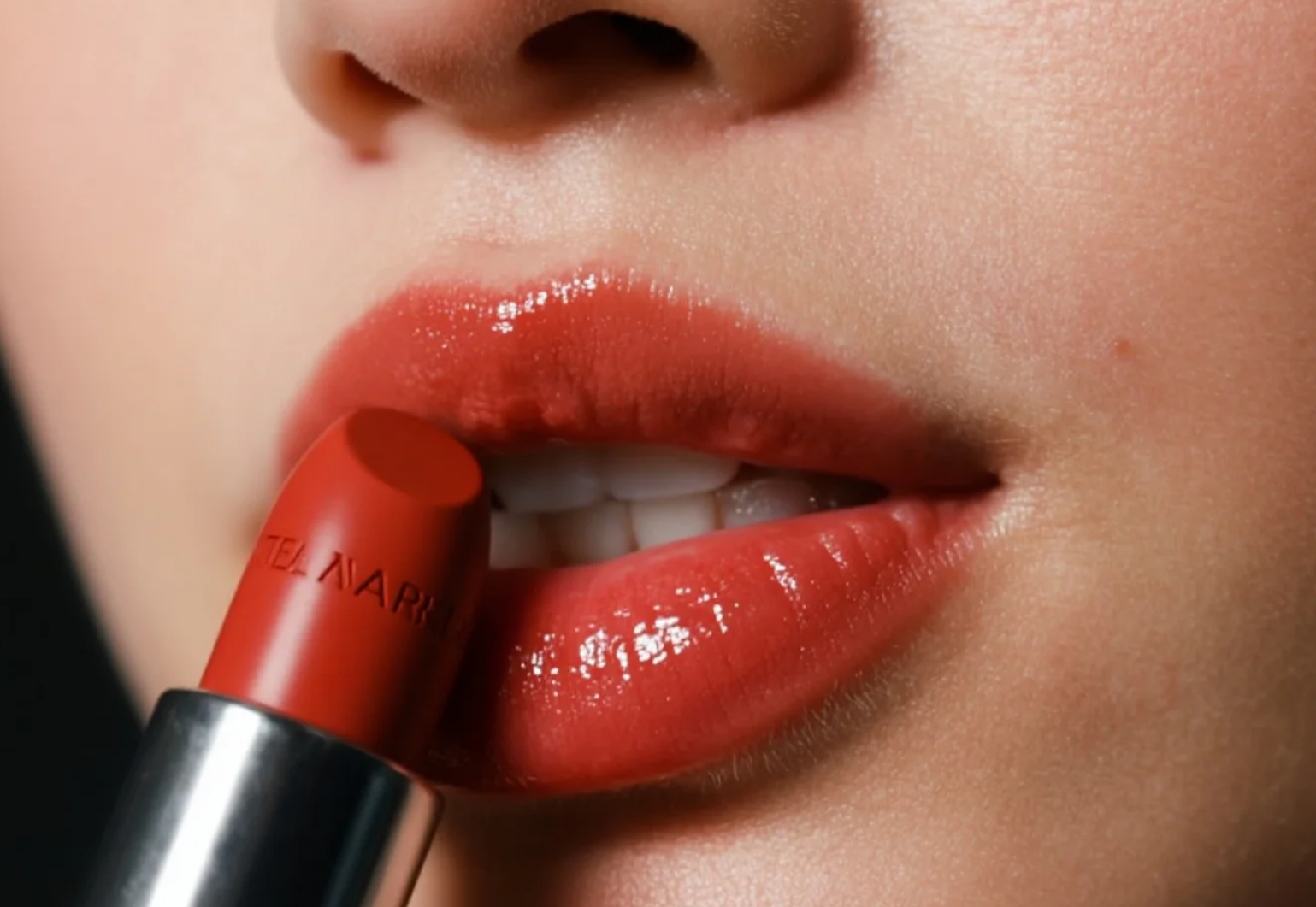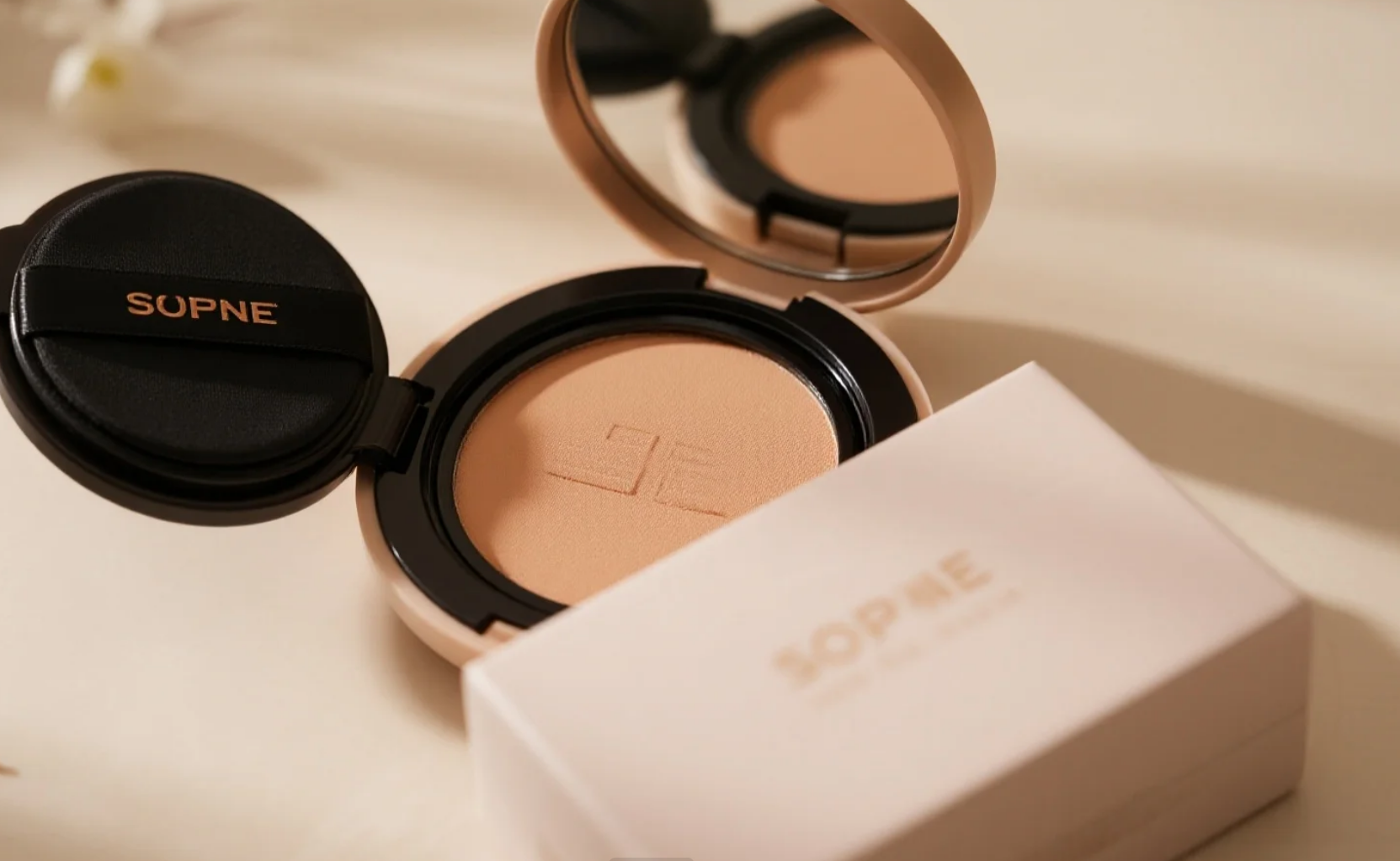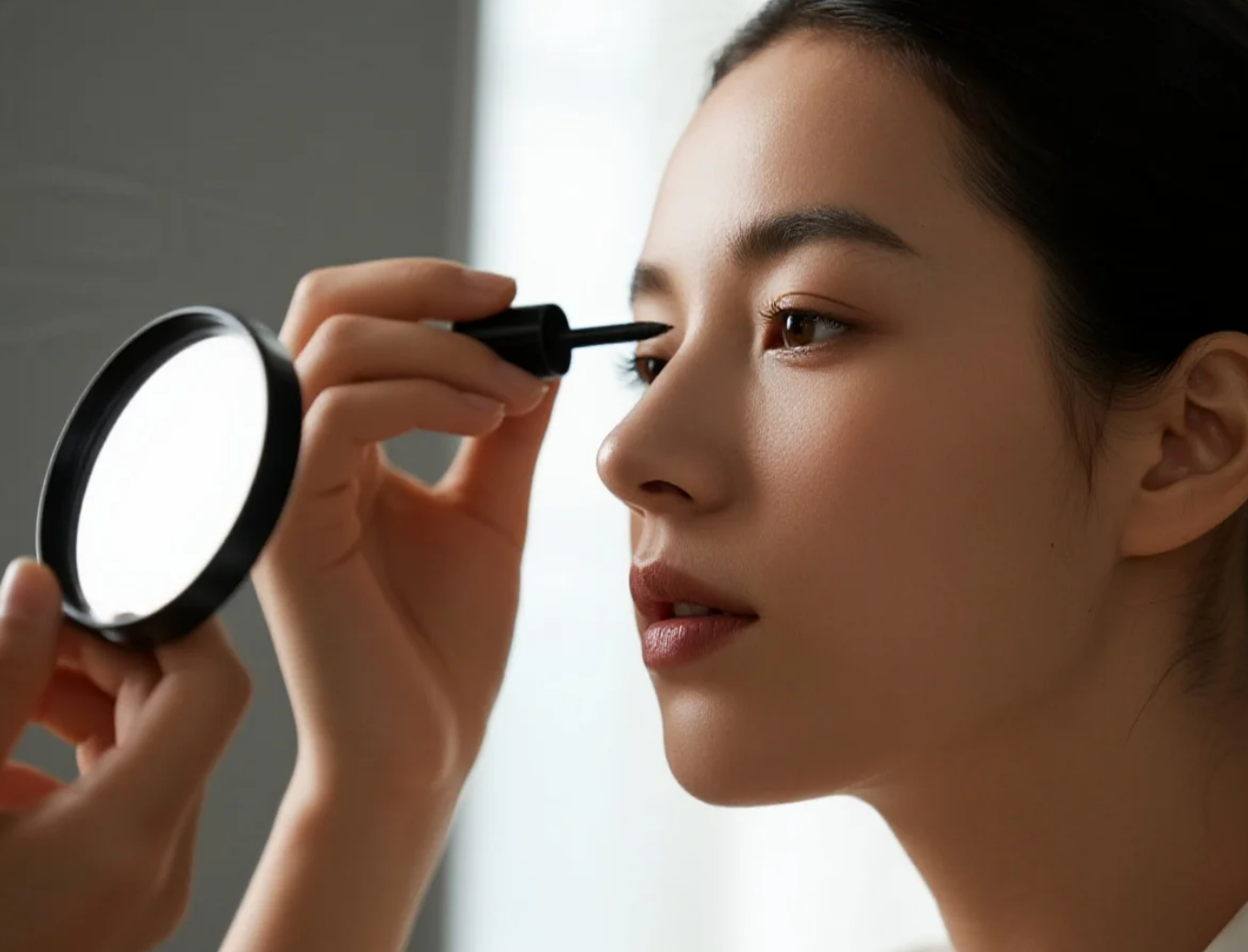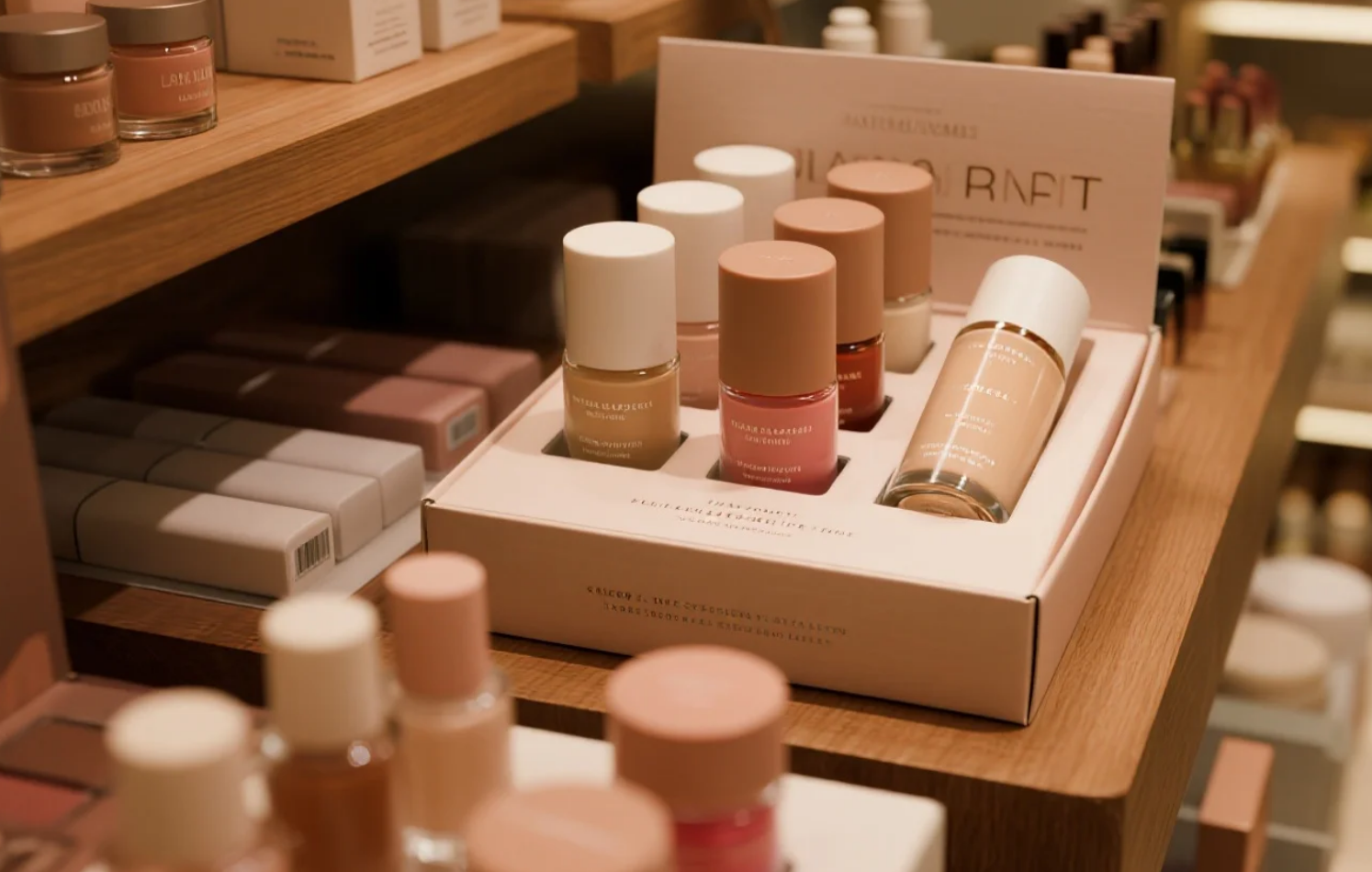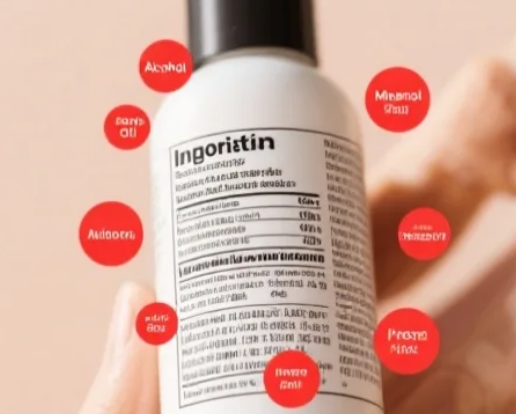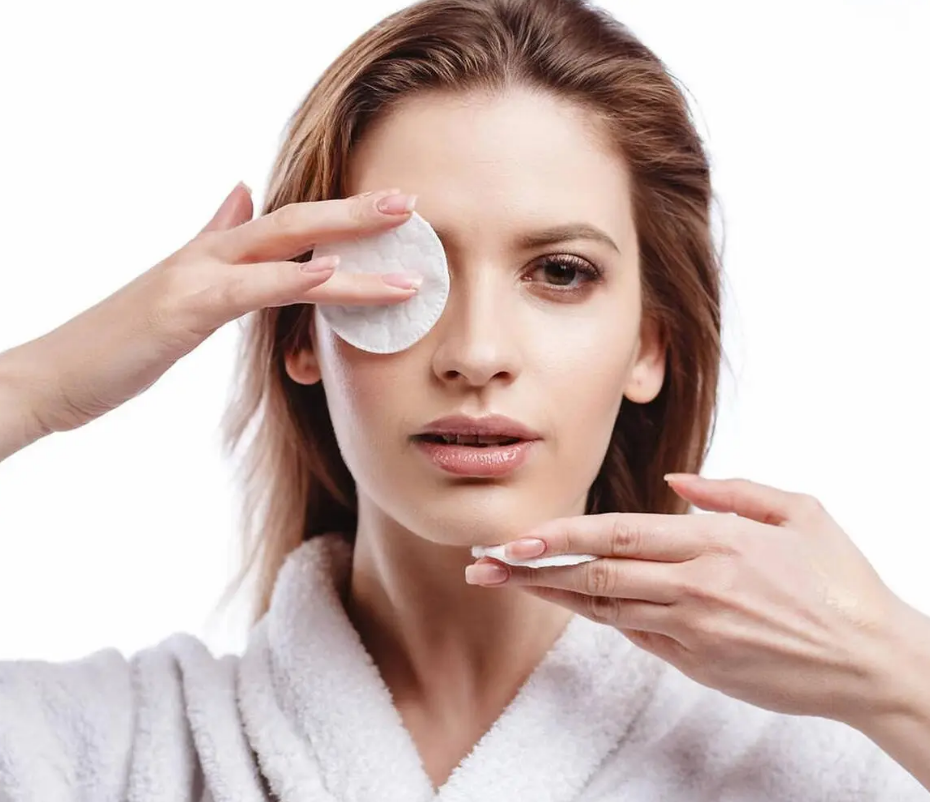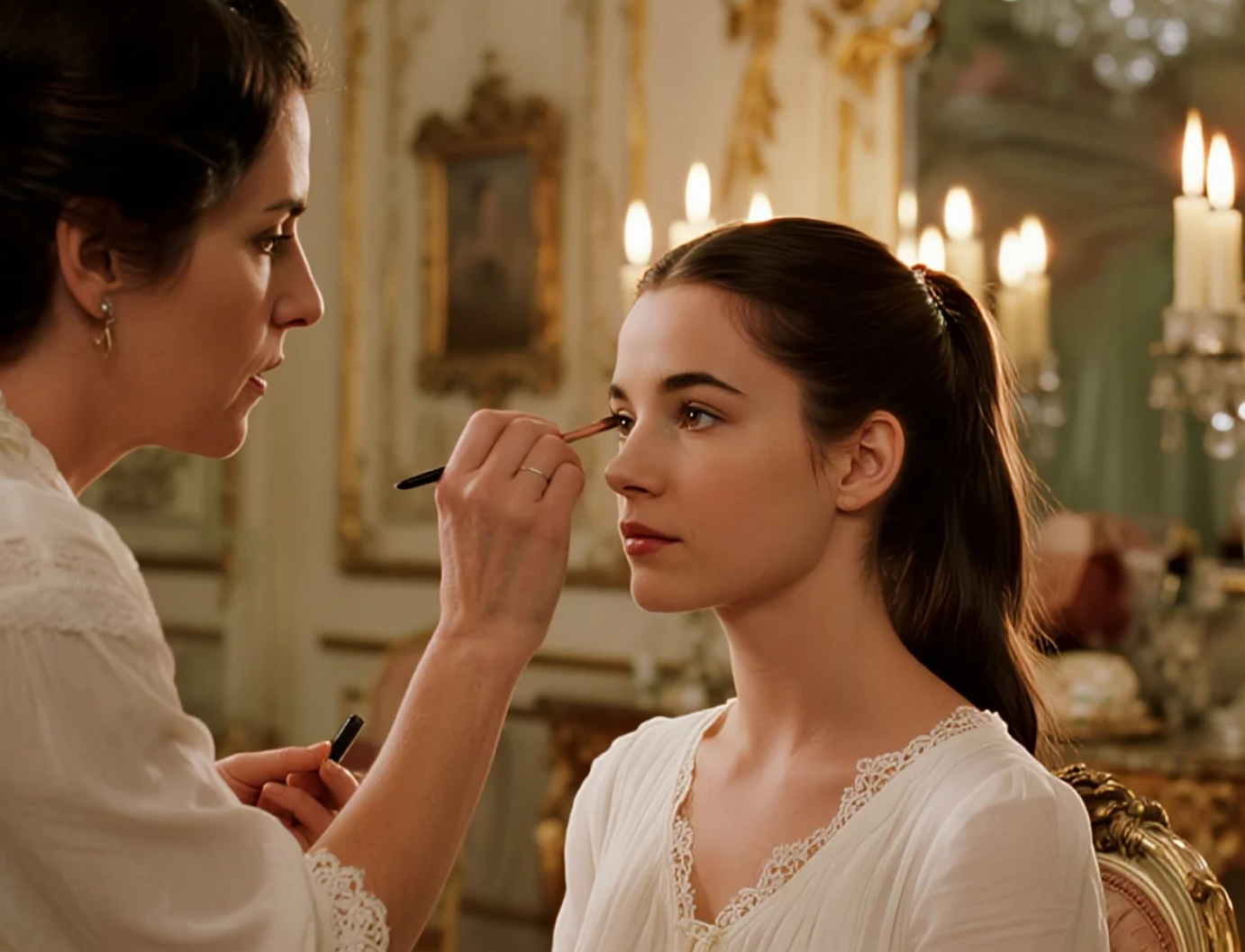Do you really understand the shelf life of makeup products?
When buying makeup, many people focus solely on color, texture, and finish, overlooking the tiny expiration date on the packaging. It's not until one day, when they notice oil oozing from their lipstick, an unpleasant odor from their foundation, or their eyes turning red after using expired mascara, that they realize—makeup can actually "expire," and the consequences are far more serious than they imagined. The expiration date isn't simply a manufacturer-set limit; it's a safety line calculated based on microbiology, chemical stability, and usage habits. Cross that line, and your makeup could go from a beauty enhancer to a skin killer.
The Dual Meaning of Expiration Date: Unopened Doesn't Mean Forever Safe
The shelf life of makeup products is generally categorized into two types: the unopened shelf life and the best-after-opened (PAO) date. The unopened shelf life indicates the maximum period of time a product remains stable in its sealed state, typically ranging from three to five years, depending on the ingredients and packaging. For example, pure oil-based products (such as some lipsticks) lack water, making it difficult for microorganisms to reproduce, allowing them to be stored longer unopened. Water-containing formulas (such as foundation and mascara) are more susceptible to bacterial growth and typically have a shorter unopened shelf life. However, once opened, the situation changes dramatically.
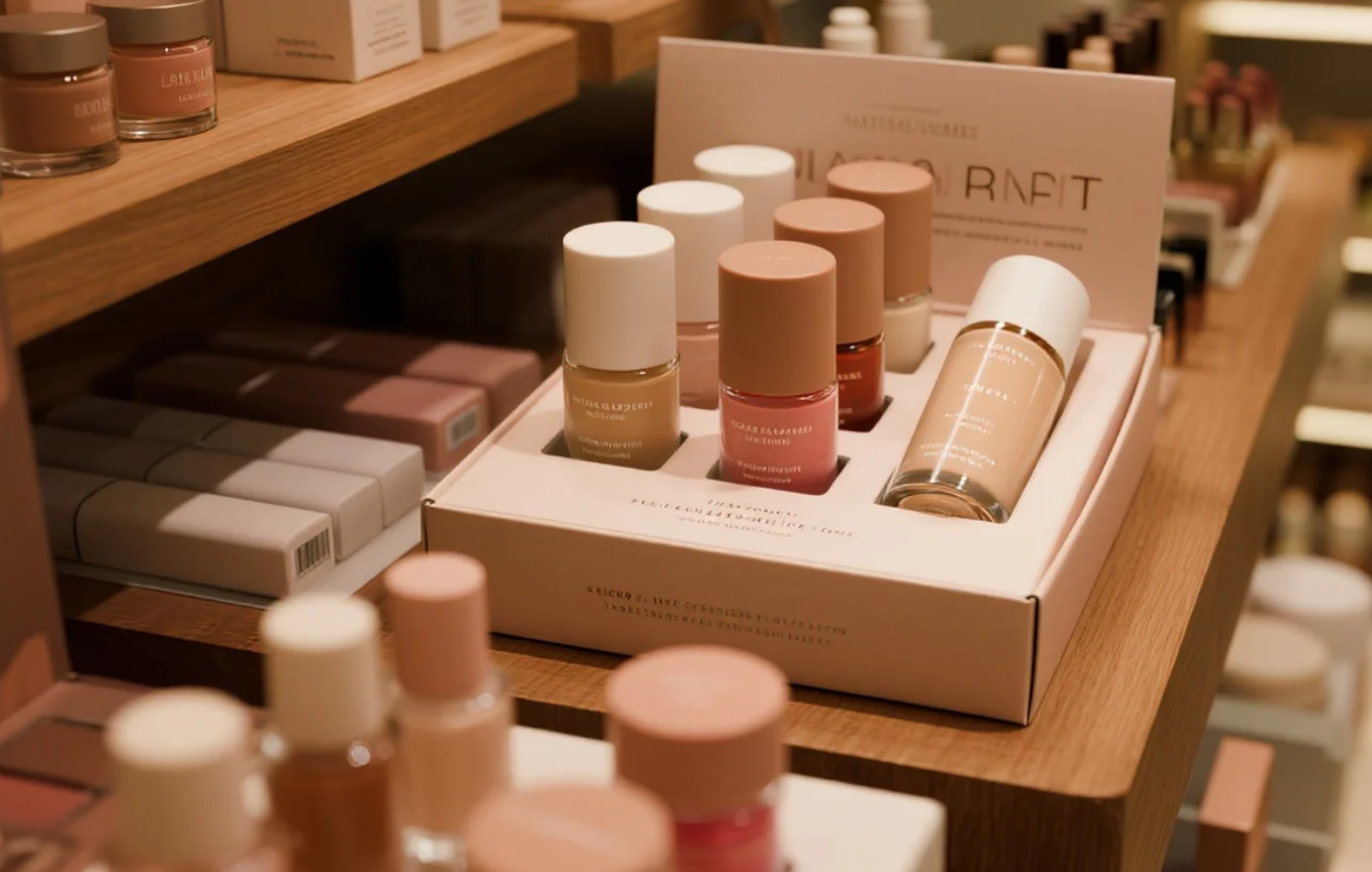 Once opened, cosmetics come into contact with air, fingers, brushes, and even bacteria on the skin, rapidly changing their internal environment. This is when the shelf life after opening (PAO) becomes a more critical indicator, typically marked with "opened can + number + M" (e.g., 12M represents 12 months). This period isn't arbitrarily set; it's the safe shelf life determined by the manufacturer through microbial challenge testing. For example, mascara typically has a PAO of only 3-6 months because the brush contacts the eyelashes with every use, introducing bacteria, and the moist environment of the paste is ideal for microbial growth. In contrast, powdered products (such as eyeshadow and loose powder) have a PAO of up to 2-3 years due to their low water content.
Once opened, cosmetics come into contact with air, fingers, brushes, and even bacteria on the skin, rapidly changing their internal environment. This is when the shelf life after opening (PAO) becomes a more critical indicator, typically marked with "opened can + number + M" (e.g., 12M represents 12 months). This period isn't arbitrarily set; it's the safe shelf life determined by the manufacturer through microbial challenge testing. For example, mascara typically has a PAO of only 3-6 months because the brush contacts the eyelashes with every use, introducing bacteria, and the moist environment of the paste is ideal for microbial growth. In contrast, powdered products (such as eyeshadow and loose powder) have a PAO of up to 2-3 years due to their low water content.
Hidden Signs of Spoilage: More Than Just Mold and Odor
Many people believe that as long as cosmetics "look normal" and "smell good," they can continue to use them. However, many deterioration processes are invisible to the naked eye. Microbial contamination is the most common risk—even if there's no mold on the surface of the product, bacteria and fungi may already be thriving inside. For example, when Pseudomonas aeruginosa proliferates in mascara, it may not initially alter the cream's texture, but after use, it can cause conjunctivitis or even corneal infections. Similarly, when the oils in lipstick oxidize, they may not immediately produce an odor, but they can gradually form irritants, causing cheilitis or allergic reactions.
In addition to microorganisms, ingredient degradation poses a hidden threat. When antioxidants (such as vitamin E) lose their effectiveness, the active ingredients in a product (such as sunscreens and whitening agents) decompose more quickly. For example, a bottle of vitamin C serum that's been opened for over a year may have already lost its antioxidant capacity and may even produce acidic irritants due to oxidation. The emulsifier in foundation can also deteriorate over time, causing the oil and water to separate. While shaking may seem to restore the original appearance, the preservatives are unevenly distributed, significantly reducing their antibacterial effectiveness.
Which cosmetics are most likely to spoil?
The speed and risk of spoilage vary significantly across product categories:
High Risk (3-6 months): Mascara, liquid eyeliner, and liquid concealer—Damp environments and direct contact with mucous membranes present the highest risk of microbial contamination.
Medium-High Risk (6-12 months): Liquid foundation, lip gloss, and BB air cushions—Contain moisture and frequently contact the skin, which can easily breed bacteria or oxidize.
Medium-Low Risk (1-2 years): Lipstick and cream blush—Oil-based formulas are more stable, but repeated use can lead to contamination.
Low Risk (2-3 years): Powder eyeshadow, loose powder, and brow powder—A dry environment inhibits microorganisms, but oil adhesion may affect the feel.
How to extend the life of cosmetics?
While shelf life is irreversible, proper storage and usage habits can minimize spoilage:
Avoid "sources of contamination": Use a scoop to scoop cream, not your fingers; clean brushes regularly; and avoid sharing products that come into direct contact with mucous membranes, such as mascara and lip gloss.
Control the storage environment: Store away from bathrooms (high humidity), windowsills (direct sunlight), and high-temperature areas (such as cars). The optimal temperature is 15-25°C.
Choose more stable packaging: Airless pump bottles are more hygienic than wide-mouth bottles; opaque containers better protect ingredients from photolysis than transparent bottles.
Potential Harms of Expired Makeup
The consequences of using expired makeup go beyond ineffectiveness—it can directly harm your skin and health:
Eye products: Bacterial infections can lead to conjunctivitis, styes, and even vision loss in severe cases.
Lip products: Fungal infections or viruses (such as HSV-1) can cause cheilitis and herpes.
Facial products: Deteriorated oils and preservative degradation products can clog pores, leading to acne or contact dermatitis.
Smartly Manage the Shelf Life of Makeup
Modern technology makes shelf life management more convenient:
Mobile app tracking: Apps like "BeautyKeeper" allow you to scan a QR code to record the opening date and automatically notify you when your makeup is due.
Smart Packaging: Some high-end products use color-changing labels (such as "Fresh") that change color upon exposure to light or oxidation to indicate deterioration.
Self-Test Tips: UV light can reveal the fluorescent reaction of certain oxidizing ingredients; pH test strips can be used to test water-based products for deterioration (normal pH is 5.5-7; exceeding the limit may breed bacteria).
Balancing Environmental Protection and Safety: Simply discarding unused, expired makeup can be wasteful, but blindly using it can also be risky. Compromises include:
Non-facial Use: Expired lotion can be used to care for leather goods, and dried lipstick can be used to clean silver jewelry.
DIY Renovation: Hardened eyebrow gel can be reshaped by adding alcohol, and clumped blush can be ground into powder eyeshadow (make sure it's free of mold).
Brand Recycling Programs: Brands like MAC and LUSH offer empty bottle recycling to reduce environmental pollution.
Image Ideas: Main Image: Compare a group of common makeup products (mascara, lipstick, foundation) with a diagram of bacteria under a magnifying glass to highlight the risks inherent in beauty.
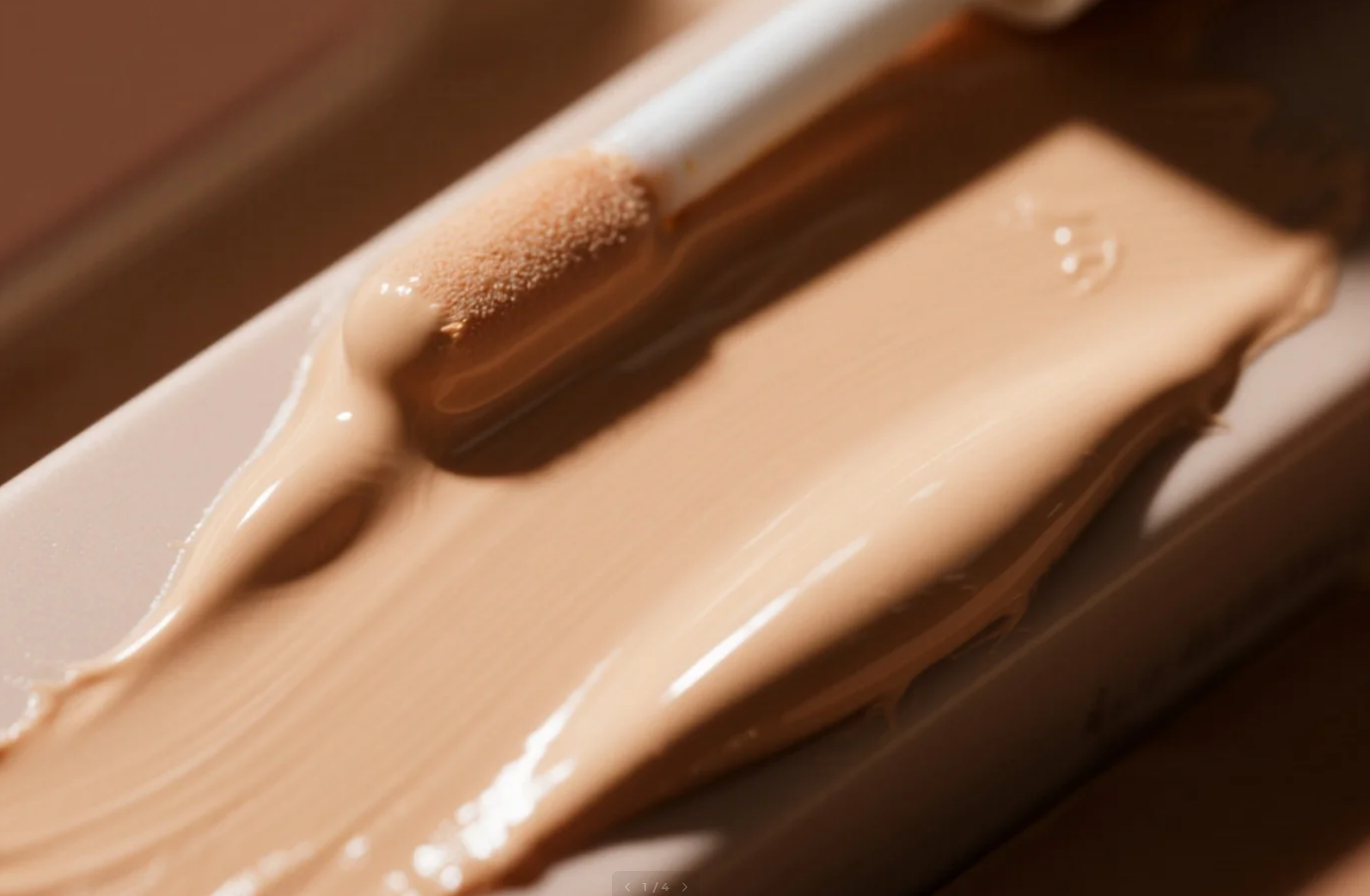 Infographic:
Infographic:
A ladder of cosmetic spoilage risk (ranked from high to low risk).
Comparison of microbial growth before and after opening (simulation of bacterial counts in sealed bottles vs. open bottles).
Real-life photos:
Close-ups of spoiled makeup (e.g., moldy mascara, layered foundation).
Comparison of correct vs. incorrect storage methods (bathroom storage vs. cool drawer storage).
Flowchart: Simple self-check steps (smell → observe color → texture measurement → PAO check).
Remember: The expiration date isn't a manufacturer's "recommendation" but a safety baseline. When you're hesitant between "reluctant to throw it away" and "the risk of your face getting damaged," consider this: the cost of skincare repairs is far higher than a new lipstick.
